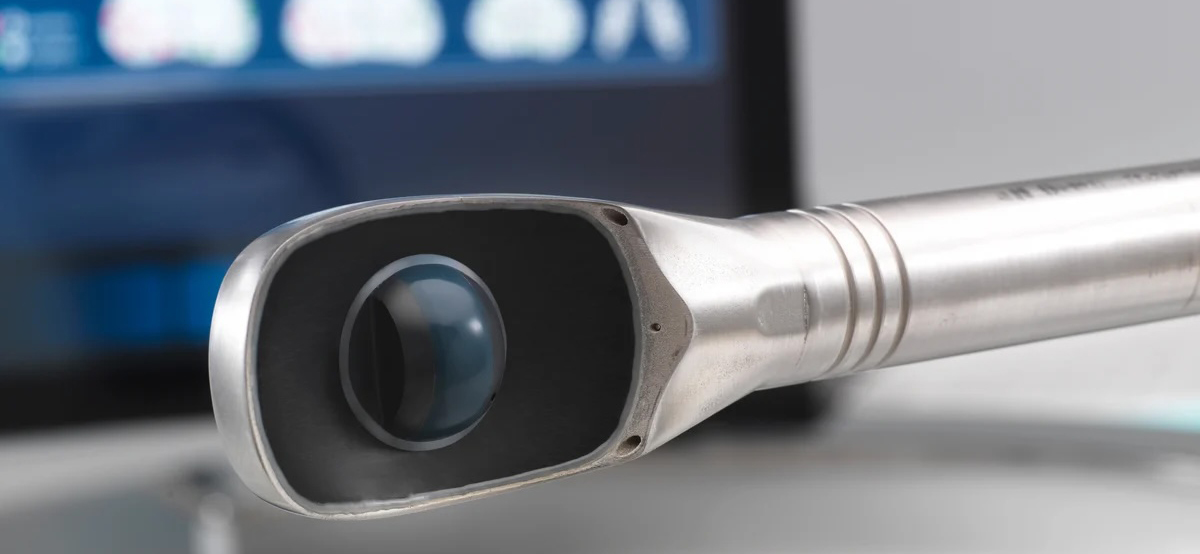
At the Jack & Sheryl Morris Cancer Center, our team of expert urologic oncologists from Rutgers Cancer Institute and RWJBarnabas Health provide patients with access to the most advanced treatment options available. Among the comprehensive therapies offered is High-Intensity Focused Ultrasound (HIFU), a groundbreaking, non-invasive treatment that precisely targets cancerous tissue while preserving healthy prostate function.
What is High-Intensity Focused Ultrasound (HIFU)?

High-Intensity Focused Ultrasound heats and attacks cancer cells without harming healthy prostate tissue by using precisely targeted ultrasound waves. Much like sun passing through a magnifying glass, the ultrasound rays are concentrated to a single focal point when using HIFU. At this focal point, the cancer cells are rapidly heated and removed without damaging the healthy tissue.
Benefits of High-Intensity Focused Ultrasound (HIFU)
High-Intensity Focused Ultrasound is the ideal treatment for isolating and targeting prostate cancer cells. The various benefits include:
- Minimally Invasive: no blade, no scar, no radiation, or incision
- Low Risk of Side Effects: such as incontinence and erectile dysfunction
- Shorter Recovery Times: minimal time away from work and leisure activities for increased quality of life
What to Expect During Your HIFU Treatment
High-Intensity Focused Ultrasound (HIFU) is an outpatient procedure. Patients will be discharged and allowed to return home shortly after the procedure, which consists of 4 simple steps:
-
Imaging of the Prostate
The whole prostate is scanned and uploaded to the machine console's screen, creating an exact 3D rendering of the area to be treated.
-
Treatment Planning
Based on the imaging, the urologic oncologist creates a plan for each step of the procedure, carefully targeting the area of the prostate to be treated.
-
Delivery of High-Intensity Focused Ultrasound Waves
The system determines the correct number of lesions based on the provider's planning, and produced the High-Intensity Focused Ultrasound Waves to destroy the targeted cells.
-
Procedure End and Recovery
At the end of the procedure, a small tube called a urinary catheter will be placed to help with urine flow while the prostate heals from swelling. Most patients can go home shortly after the procedure, and the catheter is usually removed at the first follow-up visit just a few days later. Ongoing follow-up care typically includes PSA blood tests at three months, six months, and one year, along with an MRI and sometimes a biopsy at the one-year mark to check results. These visits can be done with your treating urologist or, if you live farther away, with your local urologist.

